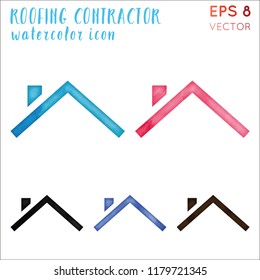Understand Just How Seasonal Conditions Impact The Success Of Business Exterior Paint And Find Out The Suitable Durations To Ensure Lasting End Results For Your Project
Understand Just How Seasonal Conditions Impact The Success Of Business Exterior Paint And Find Out The Suitable Durations To Ensure Lasting End Results For Your Project
Blog Article
Developed By-Doherty Browne
When you're preparing a business external painting project, seasonal factors can make or break your results. You'll intend to consider exactly how temperature level and humidity impact paint application and drying times. Picking the appropriate period can guarantee your paint sticks effectively and lasts much longer. Yet which periods are absolutely the very best for this sort of work? Allow's check out the key elements that can affect your job's success.
The Influence of Temperature Level on Paint Application
When you're preparing a commercial outside paint task, the temperature can considerably influence just how well the paint adheres and dries out.
Preferably, you want to repaint when temperature levels range in between 50 ° F and 85 ° F. If it's too cold, the paint might not cure properly, bring about problems like peeling or cracking.
On the other side, if it's too warm, the paint can dry too rapidly, preventing appropriate bond and leading to an unequal surface.
You should likewise consider the moment of day; early morning or late afternoon uses cooler temperatures, which can be more favorable.
Always check the manufacturer's recommendations for the specific paint you're using, as they usually provide support on the excellent temperature level array for optimal results.
Humidity and Its Impact on Drying Times
Temperature level isn't the only ecological variable that influences your business external painting project; moisture plays a significant function too. High humidity degrees can reduce drying times dramatically, impacting the overall high quality of your paint job.
When the air is saturated with wetness, the paint takes longer to cure, which can cause problems like bad attachment and a higher risk of mildew growth. If you're painting on a particularly damp day, be planned for prolonged wait times in between coats.
It's essential to check neighborhood climate condition and plan accordingly. Ideally, go for humidity levels between 40% and 70% for optimal drying out.
Maintaining these consider mind ensures your task stays on track and delivers a lasting surface.
Best Seasons for Commercial Outside Painting Projects
What's the very best time of year for your commercial exterior paint tasks?
Springtime and early autumn are normally your best choices. During these periods, temperature levels are moderate, and humidity levels are frequently lower, producing ideal conditions for paint application and drying.
how long does paint keep in the can , which can cause paint to dry also swiftly, leading to bad bond and surface. In a similar way, winter season's cold temperatures can hinder appropriate drying and treating, running the risk of the durability of your paint work.
Go for days with temperature levels in between 50 ° F and 85 ° F for optimum outcomes. please click the following post in mind to check the local weather report for rainfall, as wet problems can ruin your job.
Preparation around these variables guarantees your paint task runs smoothly and lasts longer.
Verdict
In conclusion, preparing your commercial external paint projects around seasonal factors to consider can make a substantial difference in the end result. By organizing work during the perfect temperatures and humidity degrees, you'll guarantee much better bond and drying times. Bear in mind to watch on neighborhood weather prediction and select the right time of year-- springtime and early loss are your best bets. Taking https://house-painters-near-me54319.blogdeazar.com/34518753/discover-a-world-of-colorful-possibility-as-we-share-the-key-to-improving-your-home-with-the-help-of-proficient-residence-painters will assist you achieve a long lasting and expert finish that lasts.
